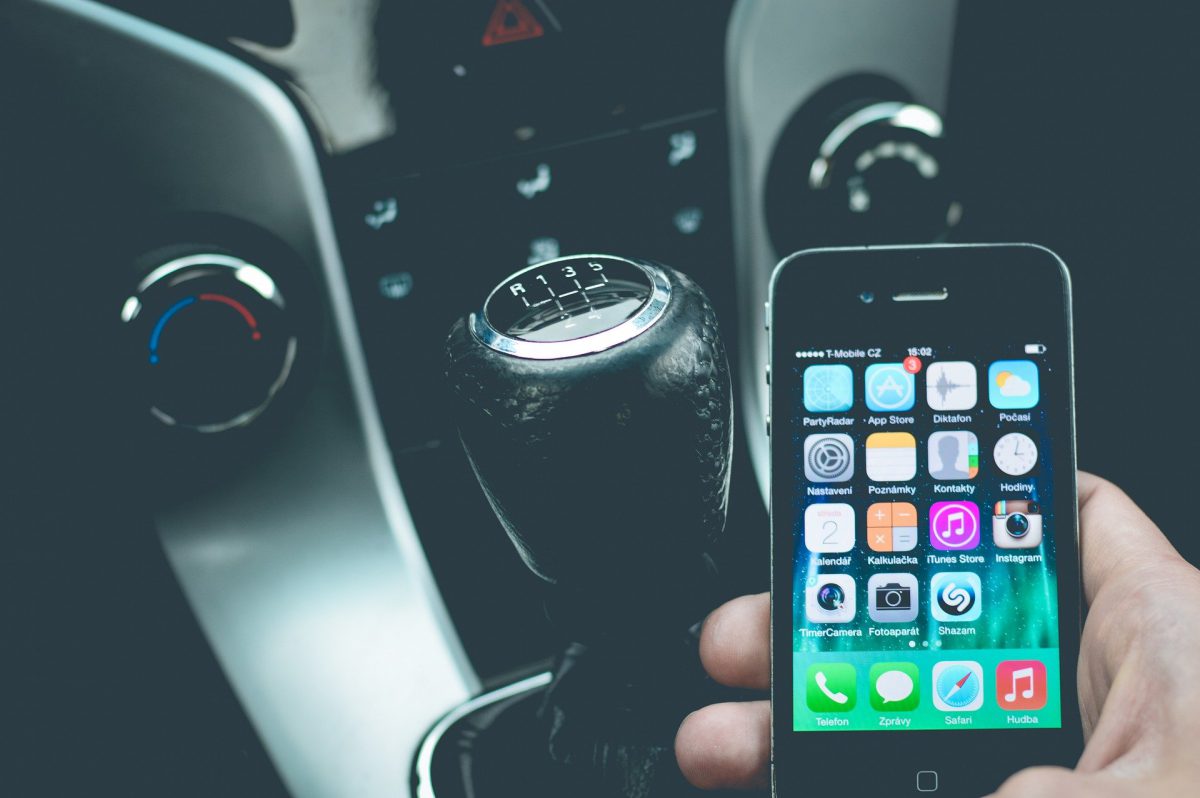4 reasons to stop using your phone while driving

An email, an SMS, or a photo… how can you resist when you see a new notification on your smartphone? In 2017, the Road Safety organisation launched a campaign to warn of the dangers of using the phone while driving. Several lessons have been learned from this campaign.
During the five seconds you spent looking at your screen, you drove almost 70 metres through town without looking at the road. Or at any pedestrians who may have crossed the road. The observation made by the Road Safety organisation at the time was simple.
RELATED ARTICLE > Smartphones and texting while driving: the numbers are worrying
9% of road accidents are caused by using a phone while driving. That’s 1 accident out of 10. We give you five good reasons to put your phone away when you get behind the wheel.
The phone uses all your senses and diverts your attention
Your device is the only one that uses four senses and therefore diverts your visual, auditory, cognitive and physical attention. The best thing to do – as the Road Safety organisation advises – is to turn it off, or even put it far enough away from you so as not to be tempted.
135 euros and three points lost
Using your phone in the car is only allowed under one condition: to connect your device to the vehicle’s bluetooth device. As a reminder, the law prohibits all headsets (even wireless ones), and provides for a fine of 135 euros and a loss of = three points from your licence.
En France, 9% des accidents mortels auraient pour cause l’inattention ou le téléphone. Au volant, le📱peut tuer #EuropeanStatisticsDay pic.twitter.com/qsNr9ozh9T
— Sécurité routière (@RoutePlusSure) October 20, 2017
One in ten accidents
By forcing you to look away, the phone triples the risk of an accident. This risk is multiplied by 23 if you text. According to figures provided by the interior ministry, phones are involved in almost one in ten accidents involving personal injury.
Take a break
On long journeys, it is recommended to take a 15 to 20 minute break every two hours. After you’ve come to a safe stop, then you can answer your messages, calls and other e-mails.


